Today’s blog entry was written by Kathleen Corcoran, a local harpist, writer, editor, ESL teacher, luthier, favorite auntie, turtle lover, canine servant, and female of the species.
In honor of Women’s History Month, I’d like to tell you a story of how one woman sparked a series of interactions that led to rock stars! And none of these interactions would have been possible without women pioneers making history.
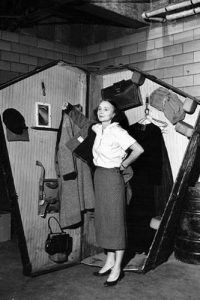
Alice Chalifoux, the “godmother to the Harp World” was the principle harpist with the Cleveland Symphony Orchestra from 1931 to 1974. For decades, she was the only woman in the Orchestra. Because she couldn’t share the dressing room with her male colleagues, she used to shut herself in her harp’s traveling case to change into concert dress.
.
Way back in the 1990s, there was a little girl who took harp lessons at her local middle school. She rented a small harp over the summer and brought it home to practice.
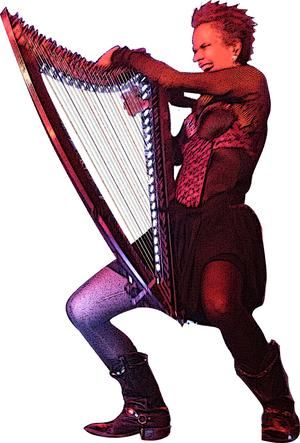
Deborah Hansen-Conant, “the Jimi Hendrix of the harp,” is an amazingly unorthodox harpist, the only person I’ve ever seen able to sing, dance, and play her harp all at the same time. She worked with the CAMAC Harp Company to design and create her signature 11lb, carbon-fiber, electric harp.
.
That little girl was my neighbor and a few years older than me. She was the absolute coolest person I knew (as all the Big Girls were). Not only did she let me listen to her practice, she let me play a few notes!
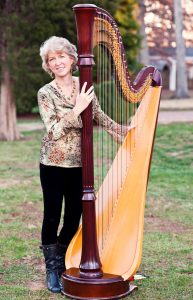
Mary Jane D’Arville, in addition to teaching harp in public schools, founded the Virginia Harp Center. With locations up and down the East Coast now, the Harp Centers provide rental harps for students who could not otherwise afford them. Not content with being a superhero to every harpist with a bent stand or broken string from Boston to Miami, she also composes and arranges music for harp and harp ensembles, teaches privately, performs, and organizes music festivals.
.
Obviously, the best way to be as cool as The Big Girls is to copy what they do. As soon as I was able, I joined the same harp program through our school system.
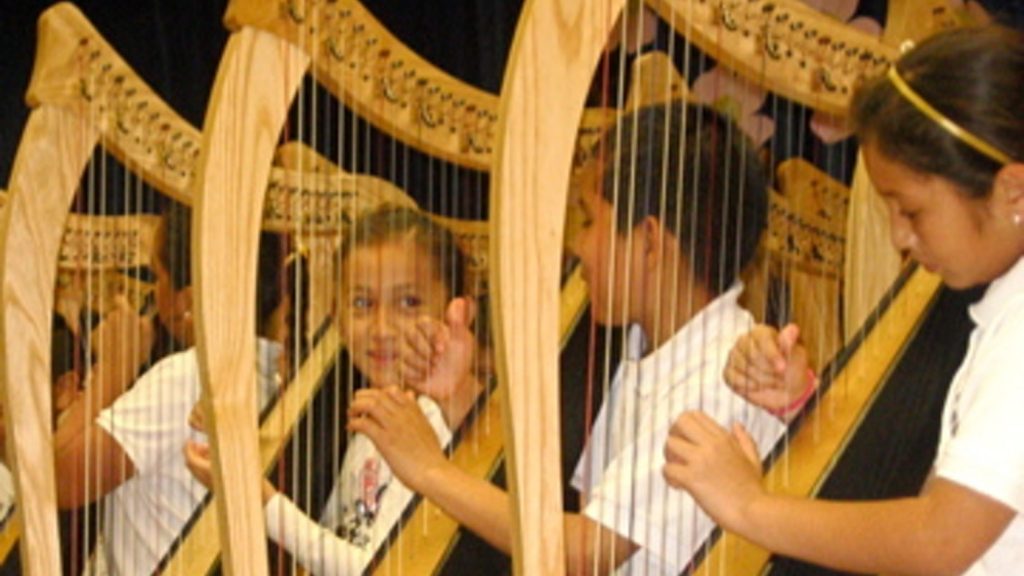

Talented, determined women (and a few men) have created harp programs in public school systems all over the country. Velma Froude in Detroit, Anne Williams and Jackie Pates in Richmond VA, Robbin Gordon-Cartier in East Orange NJ, and Lou Anne Neill in Los Angeles CA are just a few of the ladies who have made the harp available to kids who never would have seen one otherwise.
Playing the harp was so much fun that I decided to keep it up in college. The only problem with the college I’d chosen was that there was no harp program and no harp teacher.
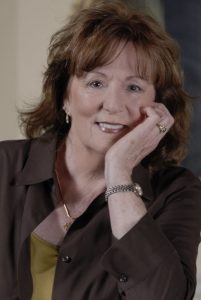
In addition to chairing the School of Music and conducting the orchestra where I studied, Dr. Oeida Hatcher is a leading researcher in methods of joining computer science and music education. She is a guest conductor and lecturer, presenting her findings all over the world.
.
Fortunately, the Chair of School of Music where I studied liked the idea of a harp program at school. She found a qualified harp teacher in the area, convinced her to drive an hour to the college to teach me, and then informed me that I would be declaring my major as Music Performance.
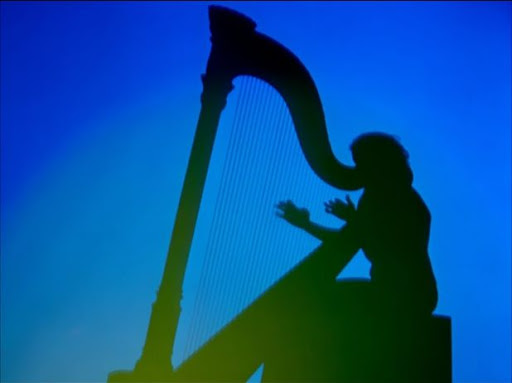
Edna Philips was the first female principal musician in a major American Symphony, specifically the Philadelphia Philharmonic. You may recognize her silhouette from Disney’s Fantasia.
.
I was the best student in the harp program! I was also the worst student in the harp program. As far as I know, I am still the only student to have been in the harp program! My new teacher was from Los Angeles, and her style was unlike anything I’d ever played. She taught me to play whole new genres of music as well as the business of being a musician. (For example, if you’re driving down the LA Freeway with your harp in the passenger seat of your convertible, make sure to buckle it in securely.)
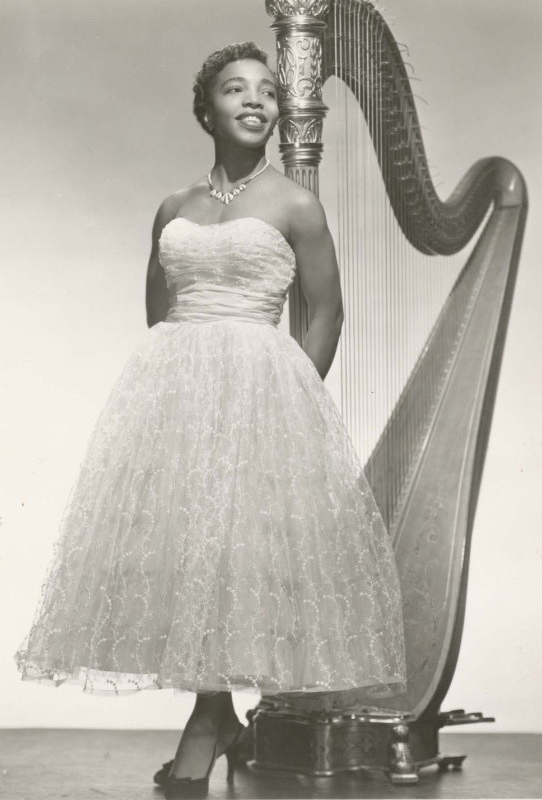
Dorothy Ashby was one of the first musicians to see the potential of the harp as more than a background, classical instrument. She was possibly the most influential jazz harpists of all time, establishing the possibilities of the harp in bebop, jazz, jazz improv, and blues.
.
My glamorous Hollywood harp teacher had lots of glamorous Hollywood friends, one of whom worked for a sound engineering firm. Her job was to connect filmmakers with people who create music for films. Without music, movies are surprisingly boring. Without that 2 note foreboding theme in the background, “Jaws” is just a big fish with extra pointy bits.
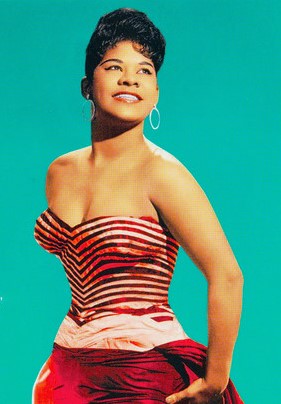
Ruth Brown earned the titles “Miss Rhythm” and “Queen of R&B” as one of the best-selling singers and songwriters of the century. She leveraged her fame to force the recording industry to acknowledge the rights of musicians in negotiating royalties. She created the Rhythm and Blues Foundation to assist other musicians who were in need of assistance in negotiations.
.
This woman who knew everyone involved in making music in Hollywood came to visit my harp teacher one day. The woman in charge of all music at my college invited her to present a lecture on the business of music in film.
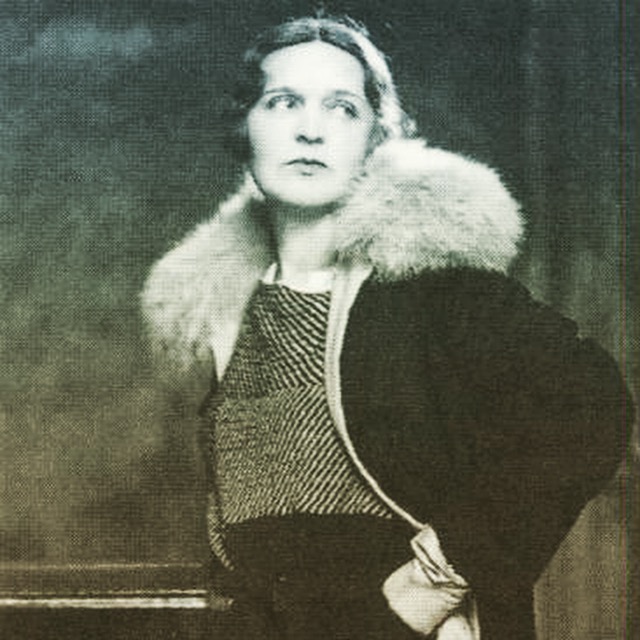
Germaine Tailleferre, a French musician, is believed to be the first woman to compose a score for film. In 1931, she wrote “Chiens” a piano piece to accompany the silent documentary film Pastorale Inca. Ninety years later, 94 percent of composers for major films are men.
.
It was a fascinating lecture. The presenter talked about how directors and producers choose the composer for a film, how music is played and recorded for films, how editors match musical timing to visual timing, and how sound engineers adjust the soundtrack, dialogue, sound effects, and background noise so that each scene creates the desired aural effect.
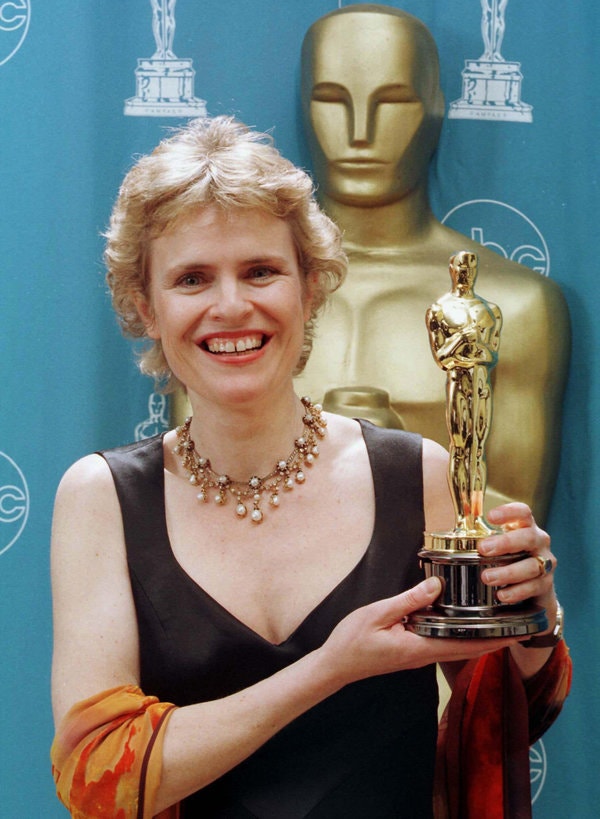
Rachel Portman was the first woman to win an Academy Award for Best Film Score (Emma, 1996). In 2014, the Alliance for Women Film Composers was created to provide opportunities and visibility for female musicians who are still woefully underrepresented in cinema.
.
After the lecture, a student hung around to talk to the presenter. She was a computer science student, and she was interested in the possibilities of sound engineering, particularly for live shows. They exchanged business cards and contact information.
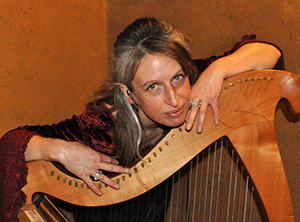
Rozenn Nicol is a sound research engineer specializing in spatial audio. She has been instrumental in developing the technology used in binaural recordings, WFS, and ambisonics. And she plays the harp!
.
My glamorous Hollywood harp teacher later told me that the computer science student who came to that lecture had gone to Los Angeles. She was interning with a sound design company, learning how to create the perfect sound in huge concert venues for rock stars.
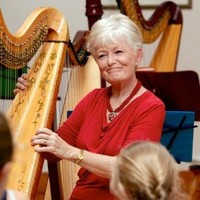
Virginia Schweninger has been instrumental in the field of music therapy, researching the physical effects of harp string and soundboard vibration on the human body. She is also the creator of Harp Camp Virginia, a sleep-away summer camp for harpists that I can’t wait to attend!
.
Bottom Line: An amazing chain of events can be set in motion by the simplest things, such as a little girl practicing on a rented harp.
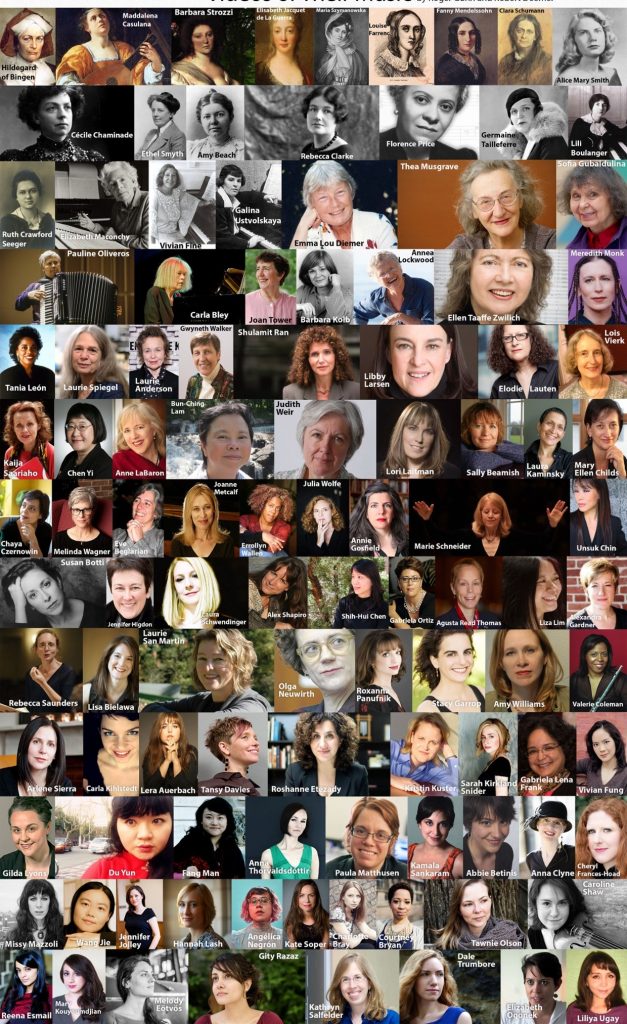
How many do you recognize?

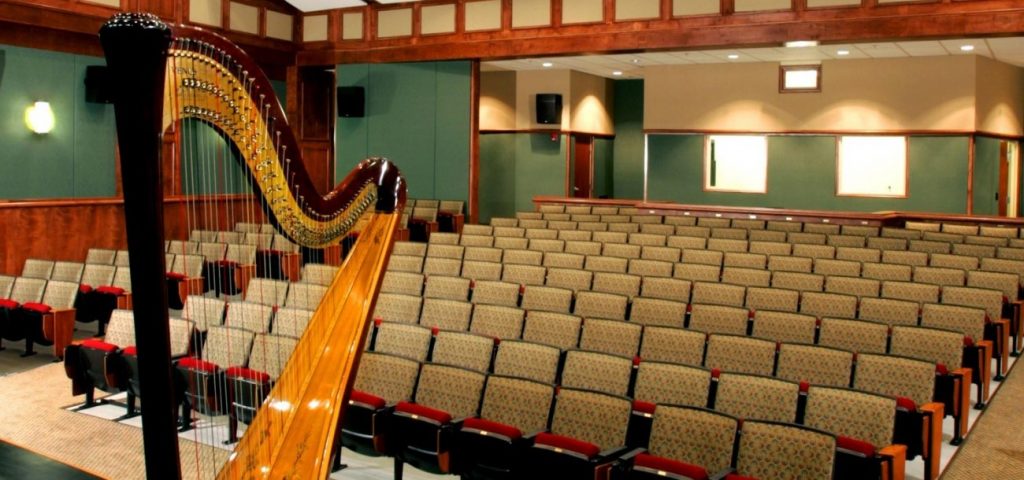
An introduction to a world of music I never knew existed! Thanks!!
So happy you liked it! I’ll pass it on to the guest blogger,